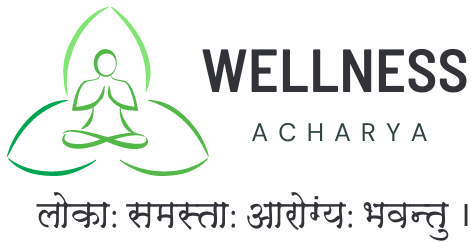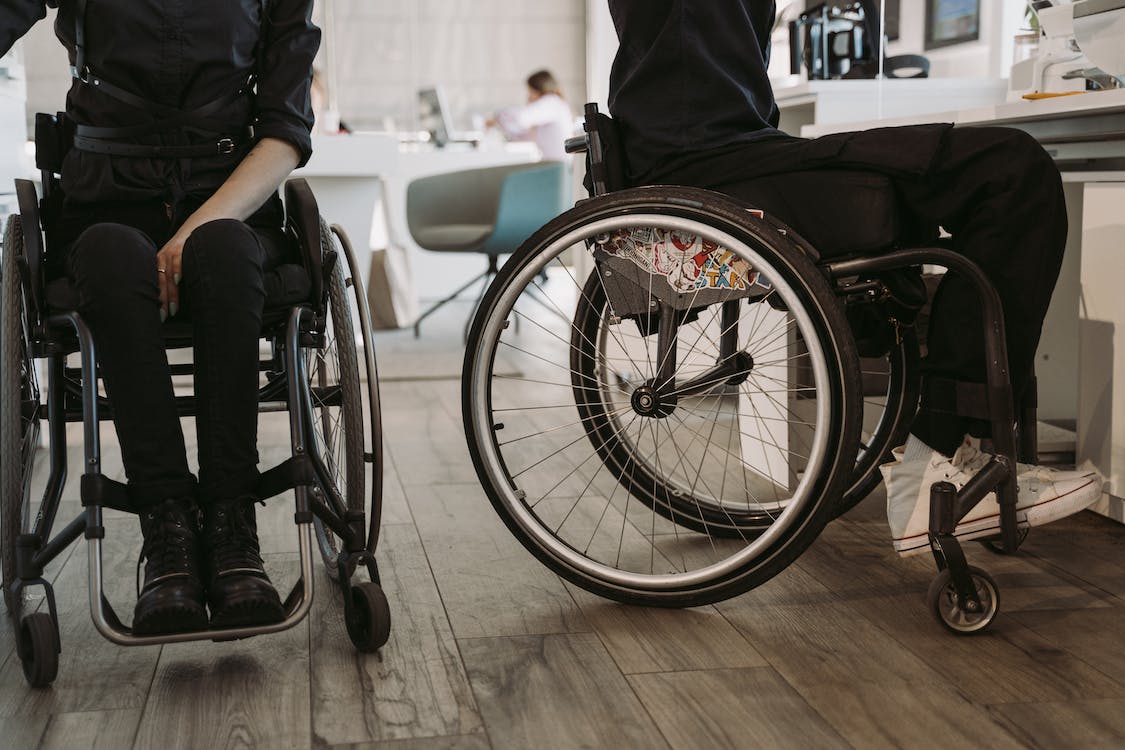Susrutha Samhita, one of the oldest classic literature in Ayurveda mentions a systematic treatment protocol to alleviate the symptoms and treat the malady along with treatment of its complications. Another classic that effectively describes the treatment protocol is Chakradatta. Even today, modern Ayurvedic physicians still follow these methods to help their patients.
Panchakarma therapies including Abhyangam, Swedanam, Nasyam, Virechanam, Shiro vasti, Sarvanga dhara (Pizhichil), Pichu, Njavarakizhi and Vasti are most promptly effective in curing paralysis with maximum results.
So it is always strongly advised to have Ayurvedic treatment as quickly as you are released from an acute care facility or hospital.
Treatments for paralysis:
Vatavyadhi chikitsa is the chief method employed to treat such conditions along with other supportive measures like physiotherapy and IR therapy.
Treatment includes internal and external oleation and fomentation therapy followed by systematic Vasti (Medicated enema) administration according to the condition of the patient. Snehan or oleation may be achieved using Vatahara combinations such as Dhanwantharam Taila, Sahacharadi Taila, Narayana Taila, or others. Fomentation varies according to the strength of the patient from simple Nadi sweda ( steam bath) to Patra Pottali sweda ( massaging the body with a bolus of leaf prepared with medicated oil mix). Various Vasti combinations or even Matra Vasti ( most minimum dose of vasti administration) are given according to the patient and their strength.
Medications for Paralysis:
The medications used to treat paralysis may be divided into two spectrums. Those which are used for shodhana procedures and those that are used for Samana purposes. Sodhana stands for the complete elimination of the doshas while samana stands for pacifying therapy.
For sodhana, Narayana Taila, Dhanvantharam Taila, Sahacharadi Taila, Masha Taila and other formulations relating to the condition and constitution of the individual.
For Samana, various other decoctions, Bhasmas, tablets and external therapies are used as supportive management along with sodhana medications. EkangaveeraRasa, RasaRajaRasa, RajasirobhushanaRasa, SidhaMakaraDwajam and other Rasa preparations are very effective in treating conditions of paralysis.
Decoctions like Rasnadi kashayam, Astavarga Kashayam and other vatahara formulations are employed.
Relying on the rate of recovery, oral medications and external therapy will be administered for 3 to 6 months. In addition to these, dietary changes such as timely meals, stopping the consumption of incompatible food combinations and lifestyle changes including optimal exercise, the practice of yoga and pranayama are crucial for the management of paralysis, maximizing the possibilities of recovery from Paralysis conditions in an early Ayurvedic intervention.
Paralysis is a broad term. It implies loss of movement and loss of sensation of a part of the body or the whole body in general. Paralysis may be restricted to a particular body part like the tongue, face or even a huge area of the body like half the body or two limbs or even the whole body.
Paralysis is a grave condition that needs prompt diagnosis and treatment to help the person support their functioning and restore their well-being. Once the brain and its cells are compromised in its circulation it leads to permanent damage to the nerves and thus destroying the function of the associated structure. The brain is protected from direct blood contact to prevent any damage to the corresponding nerves. Therefore when a hemorrhage or aneurysm occurs within the brain, the blood-brain barrier is lost, thus increasing the possibility of grave damage.

